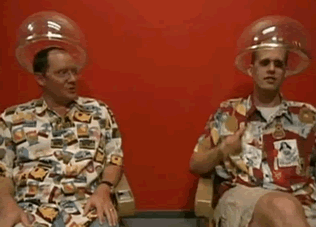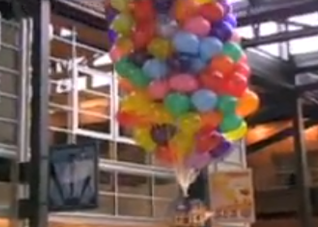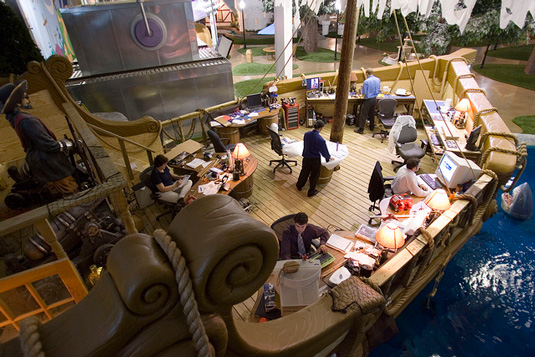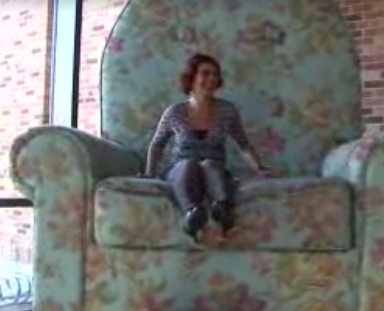Explore what other designers and creative folks have done.
Most businesses thrive on creative ideas — some businesses work hard to provide environments that nurture a conceptually open-ended yet focused, creative process.
Below are some photos and articles dealing with creative work spaces. Be sure to send me links to any sites/sources that have good ideas or examples.
12 Creative Professional Offices **
InventionLand*** (video 5.30) | alt (video 6m)
Ogilvy & Mather/Guanghzou | images**
Pintarest Creative...
Workspaces
Desks
Art StudiosThe Perfect Workspace **
The Caveman's Guide *
Collaborative Office Design **
Three articles on essential features
...round tables, color, light, plants, views, nature...Inspiring Workplaces photo pool (Flickr)
Creative Office Ideas: extremely fun and "out-of-the-box" approaches to the usual office supplies. If one really doesn't have enough room for a large creative working space, there's always the option of turning the boring stapler and pencil holder into an exciting new form. My favorite on the list was the DIY Wall Clock.
10 seeeeeriously cool workplaces ***
"The physical workspace is one of the most ignored, yet most important factors in creating good workplaces."On Great Architectural Design...
Why the Buildings of the Future will be shaped by YOU... (expressive architecture) TEDtalk 18m
Buildings that Blend City and Nature TEDtalk 12m
Why Great Architecture Should Tall a Story/Ole Scheeren/TEDTalk 16m
Design Tips for Creative Workspaces ***
"have pilates balls instead of chairs"More Pixar...
A Day in the Life of John Lasseter (Pixar) 25m
The Pixar Theory - narrative construction (a reading; 16.02)
Pixar Office (images)
MindLab (Flickr) An egg to create in.
Send me links to images of, or info on places that inspire the best!



